How to Intrinsically Motivate Employees
By Kimberly Kafafian
As we head into 2022, I’d like to encourage business leaders to take a closer look at their employee engagement initiatives. Peek under the hood, if you would. With millions of workers leaving their jobs and looking for better options (aka the Great Resignation), this is the time to assess whether your employee motivation strategy is up-to-date and in line with what today’s workforce is looking for in terms of job satisfaction. Over the last several years, we moved away from “You need this job, Employee!” to “Do you want this job, Employee?”. So with that in mind, are you offering opportunities that employees want? Are you building a culture that encourages employees to learn and grow? That instills a sense of pride in one’s work? Where people are willing to tap into their creativity for the benefit of the company? Have you created a place where employees feel like they belong?
A company’s culture plays a key role in workforce motivation. A study by Lindsay McGregor and Neel Doshi found that: Why we work determines how we work. To effectively motivate their workers, leaders need to uncover exactly why they are working for the company. As the Great Resignation has demonstrated, the reasons go way beyond a paycheck. Today’s workers want to align themselves with a purpose and know the work they are doing enhances their potential for advancement. By understanding why your teams are working for you, you can develop successful strategies to retain/attract talent, boost productivity, and enhance revenues and profits.
The case for building intrinsic
motivators into your strategy
In working with businesses of all sizes, shapes and industries over the years, I have found that intrinsic rewards are very closely tied to increased employee engagement. These non-tangible rewards offer much longer lasting benefits than their extrinsic counterparts. While extrinsic rewards – such as bonuses, merit increases and paid time off – are effective at driving short term motivation, what is the incentive for employees to do something beyond the scope of the work required for the reward?
While focusing on intrinsic rewards requires greater effort, the rewards the company receives make this extra work worth it. Since intrinsic rewards are psychological and driven by the employees themselves, they vary from person to person. For the intrinsic rewards to be effective, leaders need to take the time to build relationships with their teams so they can identify the rewards that would best motivate each team member (side note, People Managers should be doing this anyway!). Intrinsic rewards are very personal, like a sense of pride, learning a new skill or feeling like an important member of the team.
Because intrinsic rewards elicit a positive emotional reaction, they tend to motivate employees to continue to improve and do their best even when no extrinsic reward is offered. I’ve found that when leaders utilize intrinsic rewards, they reap greater benefits than if they just used extrinsic rewards. They tend to see a boost in productivity, enhanced creativity, less need for supervision, stronger commitment to the company, and overall reduced labor costs.
10 Ways to Motivate Your Workforce Intrinsically
1. Give meaningful tasks
People want to know that the work they are doing matters. Talk to your team to find out what they think are the most important aspects of their job, then assign tasks that will give them a sense of purpose.
2. Allow more autonomy
By giving employees more control of their day-to-day responsibilities, leaders can empower their teams to take ownership of their work, which can lead to better project outcomes.
3. Instill a sense of confidence
By letting employees know they are doing a job well, you’re instilling confidence in their abilities, motivating them to take on more complicated tasks.
4. Create an environment where employees can see progress
Apprising people of the progress they are making motivates them to continue on towards the overarching goal.
5. Increase responsibility
Assigning additional responsibilities can indicate to an employee that you have trust in their skills, which will inspire them to take on even more responsibility.
6. Develop a culture of purpose
Employees, particularly millennials and Gen Z, want to make a difference. By creating a culture of purpose, you are motivating them to align with, and work towards, a greater good.
7. Recognize employees as key team players
No one wants to know that they are just another cog in the machine. Letting employees know that they are an important part of the team can motivate them to do more.
8. Offer training and development opportunities
Supporting career development lets employees know they are valued and that you are vested in their advancement, which in turn boosts performance.
9. Provide a path for advancement
Recent research indicates that employees believe their companies should help with career progression. Letting them know there is a path forward for them will motivate employees to be more committed to the company and their work.
10. Use affirmation to inspire
Simple words of recognition and encouragement are extremely powerful. Just telling someone they did a great job can instill a sense of pride, which is an incredible driving force.
 En Español
En Español








